Wind energy is widely regarded as a clean and renewable source of power that plays a crucial role in reducing greenhouse gas emissions and combating climate change. However, the development and operation of wind energy projects can have various impacts on wildlife and ecosystems. Understanding these effects is vital for minimizing harm while maximizing the benefits of wind energy. This article explores the potential impacts of wind energy on wildlife and ecosystems, focusing on both positive and negative aspects.
1. Negative Impacts on Wildlife
Birds and Bats: One of the most significant concerns associated with wind energy is the impact on avian and bat populations. Collisions with turbine blades can lead to fatalities, particularly for species that are migratory or inhabit areas near wind farms. Studies have shown that some species, such as raptors and songbirds, may be more susceptible to collisions due to their flight patterns. Bats are also vulnerable, as they are attracted to the turbine areas for foraging and can suffer from barotrauma caused by rapid pressure changes near the blades.
To mitigate these risks, developers and researchers are exploring various strategies, including the placement of turbines in less sensitive areas, implementing technology to detect and deter birds and bats, and adjusting turbine operations during peak migration periods.
2. Habitat Alteration
The construction of wind farms can lead to habitat alteration, which may disrupt local ecosystems. Land clearing for turbine installation, access roads, and infrastructure can impact vegetation and soil composition, potentially affecting local wildlife that depends on these habitats. Fragmentation of habitats can also hinder the movement of species and disrupt migration routes.
However, careful site selection and planning can minimize these impacts. Environmental assessments are crucial in identifying sensitive areas and ensuring that projects do not significantly disrupt critical habitats.
3. Positive Impacts on Ecosystems
Despite the potential negative effects, wind energy can also provide ecological benefits. By reducing reliance on fossil fuels, wind energy contributes to improved air quality and lower greenhouse gas emissions, benefiting overall ecosystem health. Additionally, wind farms can promote biodiversity through thoughtful land management practices, such as using native vegetation and creating buffer zones.
In some cases, wind farms can coexist with agricultural practices, allowing for dual land use. This approach can enhance local economies while preserving the ecological integrity of the area.
4. Mitigation Strategies and Best Practices
To address the challenges posed by wind energy on wildlife and ecosystems, several best practices and mitigation strategies are being implemented:
- Siting and Planning: Identifying appropriate locations for wind farms is essential. Avoiding areas with high avian or bat activity, critical habitats, and migration corridors can significantly reduce impacts.
- Monitoring and Research: Ongoing monitoring of wildlife populations and their interactions with wind energy infrastructure can help identify trends and inform adaptive management strategies. Research into the effectiveness of various mitigation measures is critical for continuous improvement.
- Community Engagement: Involving local communities in the planning and decision-making process can lead to more sustainable and accepted wind energy projects. Engaging stakeholders helps ensure that local knowledge and concerns are considered, promoting better environmental stewardship.
Conclusion
While wind energy presents certain challenges for wildlife and ecosystems, the overall benefits of transitioning to renewable energy are significant. By implementing effective mitigation strategies and prioritizing research and monitoring, the impacts of wind energy on wildlife can be minimized. As the world moves toward a more sustainable energy future, balancing the development of wind energy with the conservation of ecosystems will be crucial in promoting both ecological health and renewable energy growth. Through collaboration and innovation, it is possible to harness the power of wind while protecting the natural world.
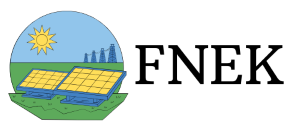
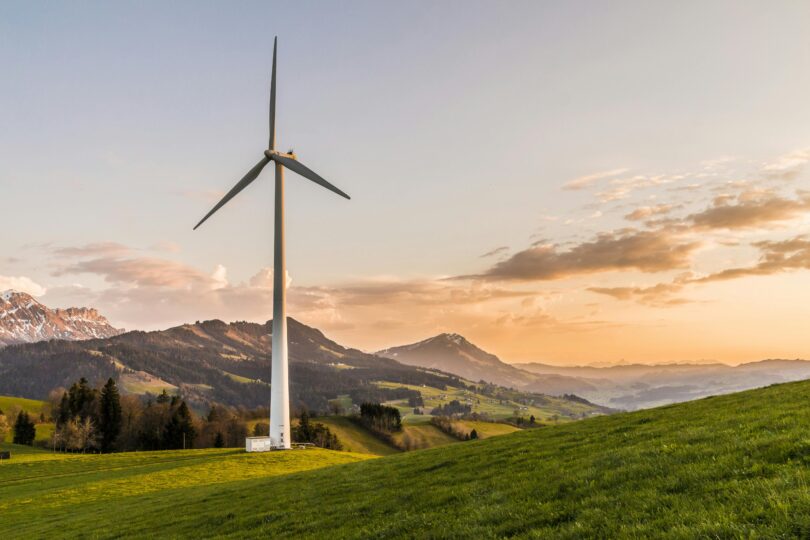


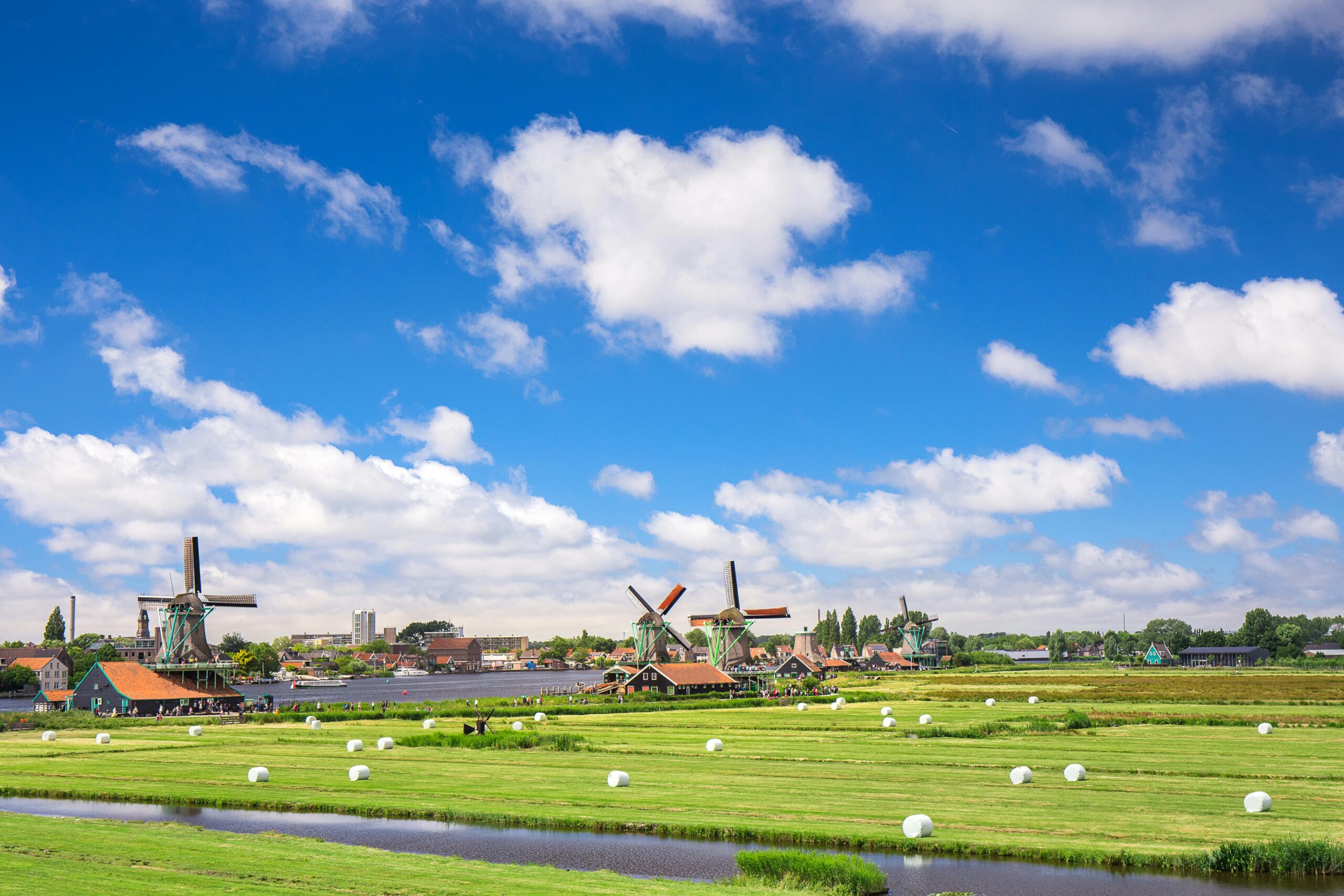
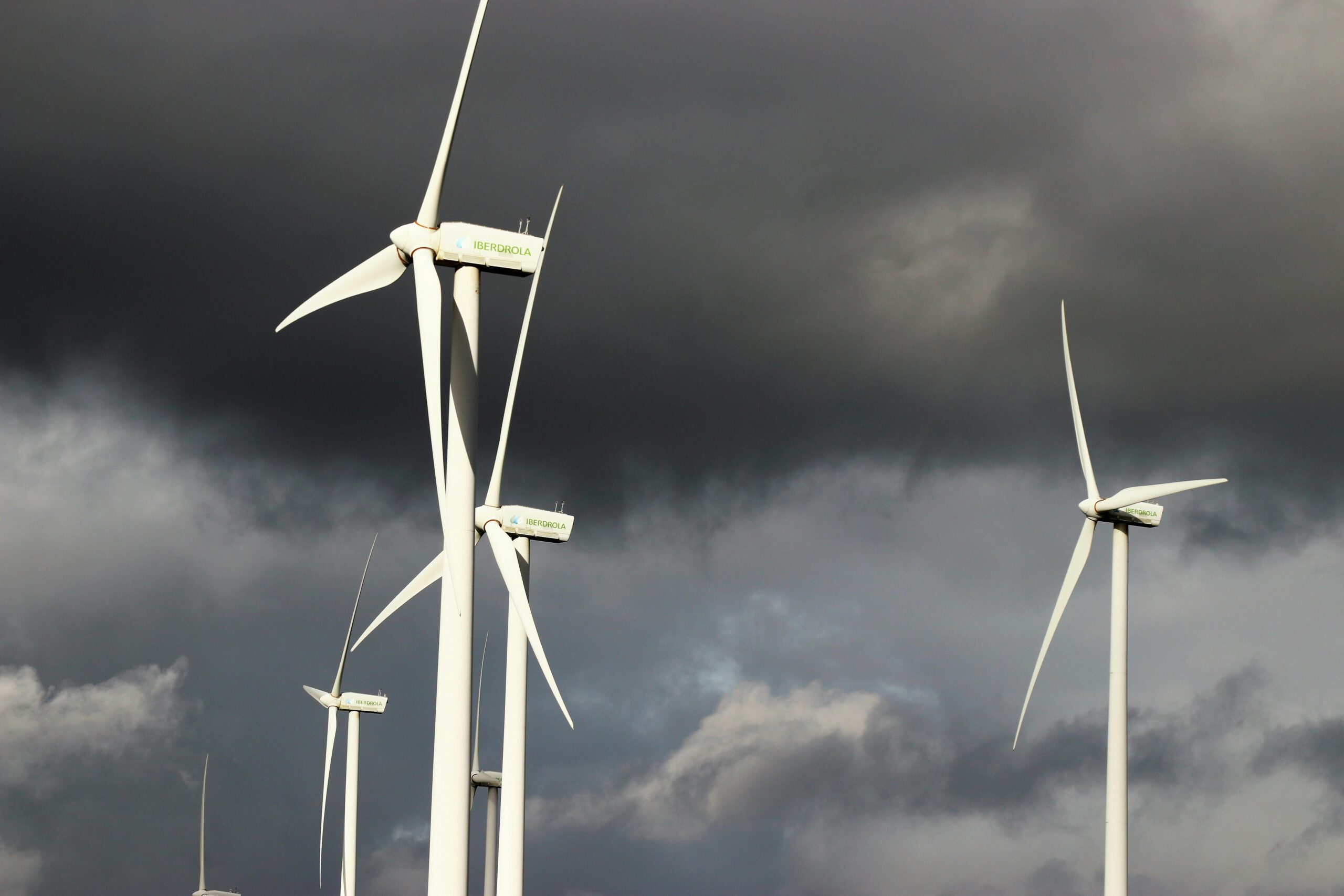
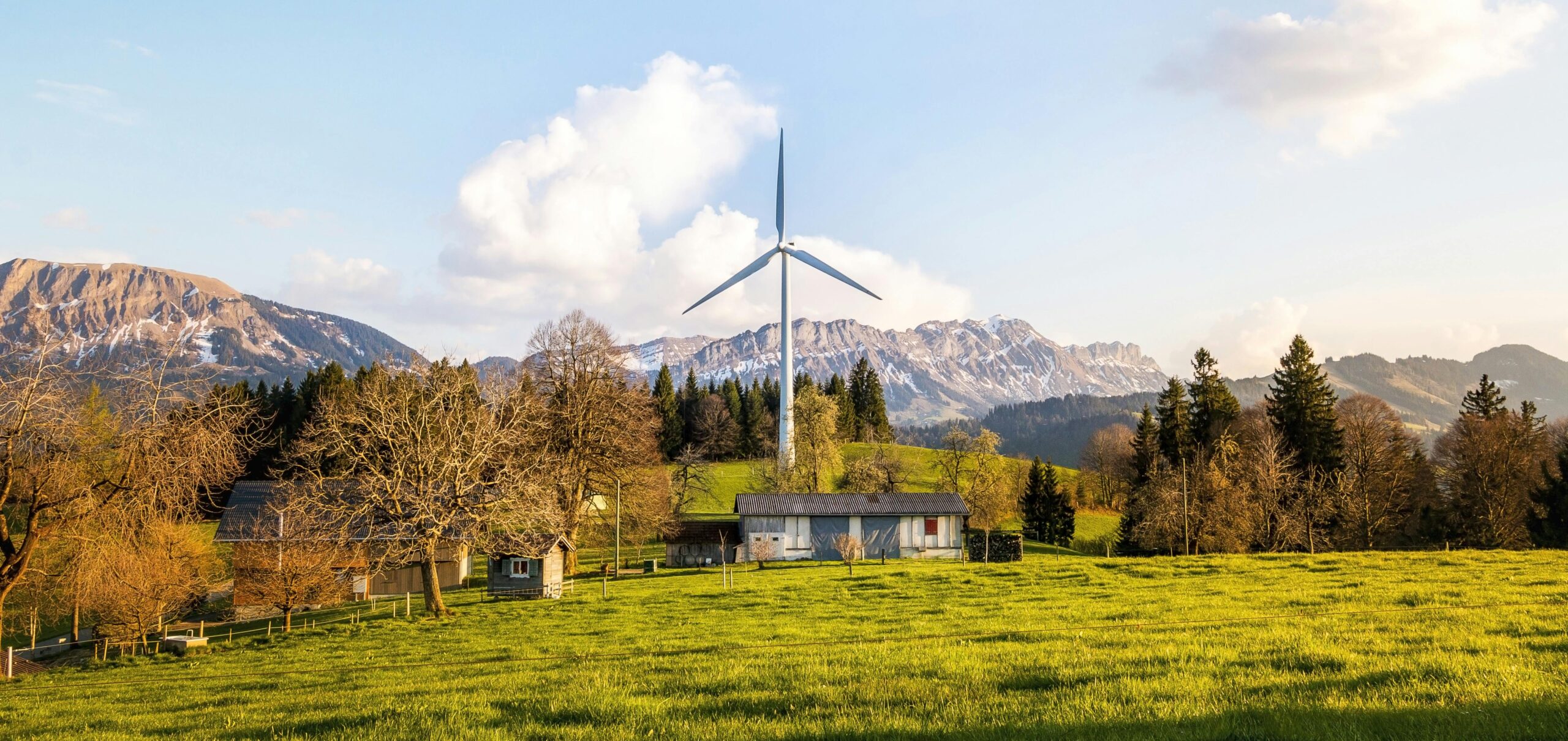

Leave a Comment